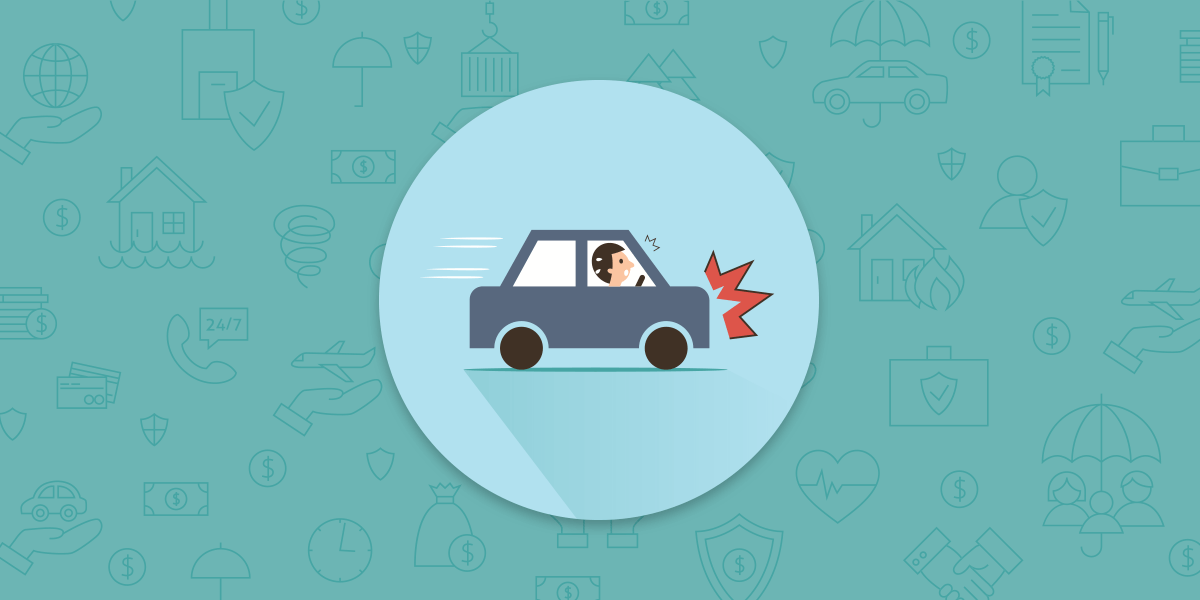
Who doesn’t want to save money on auto insurance? There are many factors that determine your individual insurance rates and your cost of coverage can vary depending on the type of car, the person driving it, and even the insurance provider covering it. You can get the coverage you need at a price you’re comfortable with if you follow these ten tips to save on your auto insurance.
#1: Combine Coverage
“Bundle” is more than an insurance buzzword; it’s a tried-and-true tactic that can help you save money on your policies. Most insurance providers will offer discounted rates when you combine multiple policies. Ask your provider how much you could save if you combined your auto coverage with a homeowners or renters policy, for example, or commercial auto coverage to an existing business insurance policy.
#2: Increase Your Deductibles
Your deductible is the amount of money you pay in the event of a claim and these deductible amounts can impact your premiums. In most instances you can lower the cost of your insurance premiums if you increase your deductible amounts.
This tactic is usually beneficial if you have enough tucked away to cover the amount of your higher deductibles in the event of an accident. It can be risky, however, if you won’t be able to afford the new, higher deductible amount if something goes wrong.
Carefully exam your deductible and premium amounts and choose the right balance between affordable monthly premium payments and a reasonable deductible amount in case of an auto accident.
#3: Pay Upfront
Speaking of premiums, did you know that you can choose to pay your entire annual payment upfront, rather than making monthly payments? There’s generally a financial benefit to making a single, upfront payment. Most insurance providers offer a discounted rate when you pay for a year of coverage in advance.
#4: Pay Automatically
Ask your insurance provider if there are any discounts associated with auto-pay. Many providers will offer a discount if you sign up for auto pay or EFT (electronic funds transfer) rather than receiving a bill. While you’re at it, ask about discounts for other paperless options, such as signing your documents electronically.
#5: Don’t Let Coverage Lapse
It can be tempting to reduce or drop your insurance coverage when times are tough or money is tight, but letting coverage lapse can actually cost you more in the long run. Most insurance providers will offer you a discounted rate for continuous coverage; your rates could drop by 7% after your first year. And the higher your liability limits the deeper your discounts could be the following year.
Avoid the temptation to drop your limits or cancel your policy and maintain continuous coverage. If you’re constantly canceling your coverage, it can increase your perceived “risk” to insurance providers and may even lead to increased rates the next time you need insurance.
#6: Consider Insurance Costs when Car Shopping
Looking for a new (or used) car? Don’t just take the sticker price of a vehicle into consideration. Insurance rates can vary depending on a variety of car factors. Minivans are often less expensive to insure because they’re loaded with safety features and garner higher safety ratings.
On the flip side, expect to pay far more for insurance on a car that’s built for speed, comes at a luxury price tag, or is expensive to repair.
A used model will not only cost you less in purchase price compared to a brand new car, it can also cost less to insure, too.
#7: Reduce Coverage on Older Cars
Have you had the same coverage on a car for a decade? You may consider dropping collision or comprehensive coverage on an older car. Look up your car’s overall value from Kelley Blue Book and decide how much coverage you actually need. According to the Insurance Information Institute, additional coverage such as collision or comprehensive may not be worth it if your car’s worth less than 10x your premium.
#8: Optimize Your Credit
Most insurers use your credit history when factoring the cost of your insurance policies. Wondering what your credit score has to do with your driving record? Research has shown that people who manage their credit effectively also have fewer auto claims.
Take steps to optimize your credit, such as checking your credit score annually, setting up payment reminders so your payments are made on time, and paying off debt rather than moving it around, can pay off in many ways. Lower insurance rates is simply one of them.
#9: Request Driving Records Before Hiring
When you need commercial auto coverage for cars owned or used by your business, your employee’s driving records will be a factor in your premium costs. You can lower the costs of your commercial auto premiums by hiring employees with good driving records.
Safe drivers = lower insurance rates. This is true for commercial and personal auto coverage, so drive safely yourself and hire employees who do the same.
#10: Ask for More Discounts
Ask away! Contact your insurance provider and find out what discounts are available to you. You may get a discount for not having any moving violations or auto accidents for a number of years. You may qualify for even more savings if you’ve taken a defensive driving course. Other discounts could include savings if you have a college student away from home without a vehicle or a student driver with good grades, or if you have a car with a low annual mileage. It only takes a moment to reach out to your provider to inquire about additional ways to lower the overall costs of your insurance coverage.